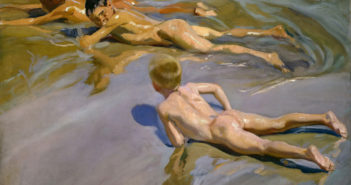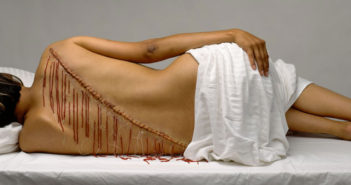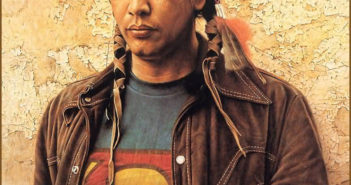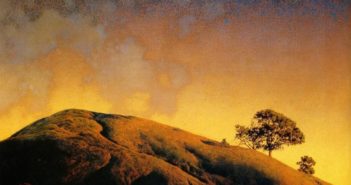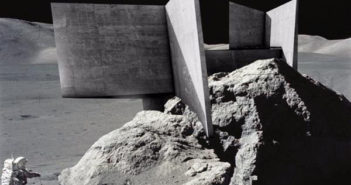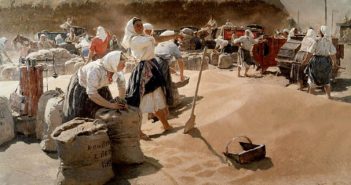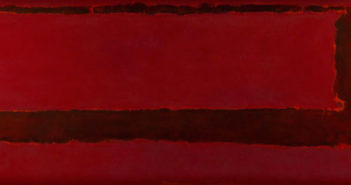
A beginner’s lesson
The phone rang early — it was an artist friend from the other side of Earth. A recent collaboration had left him feeling humiliated: “I compromised my vision, thinking I could get through it,” he said, “and in the end it didn’t pay off; I lost the job anyway.”
An early lesson at the bottom of my parents’ property came to mind, where I was learning to be a painter in a re-configured boat shed. A client, in search of a treasure, found the shed constraining and asked if she could commission something specific.

